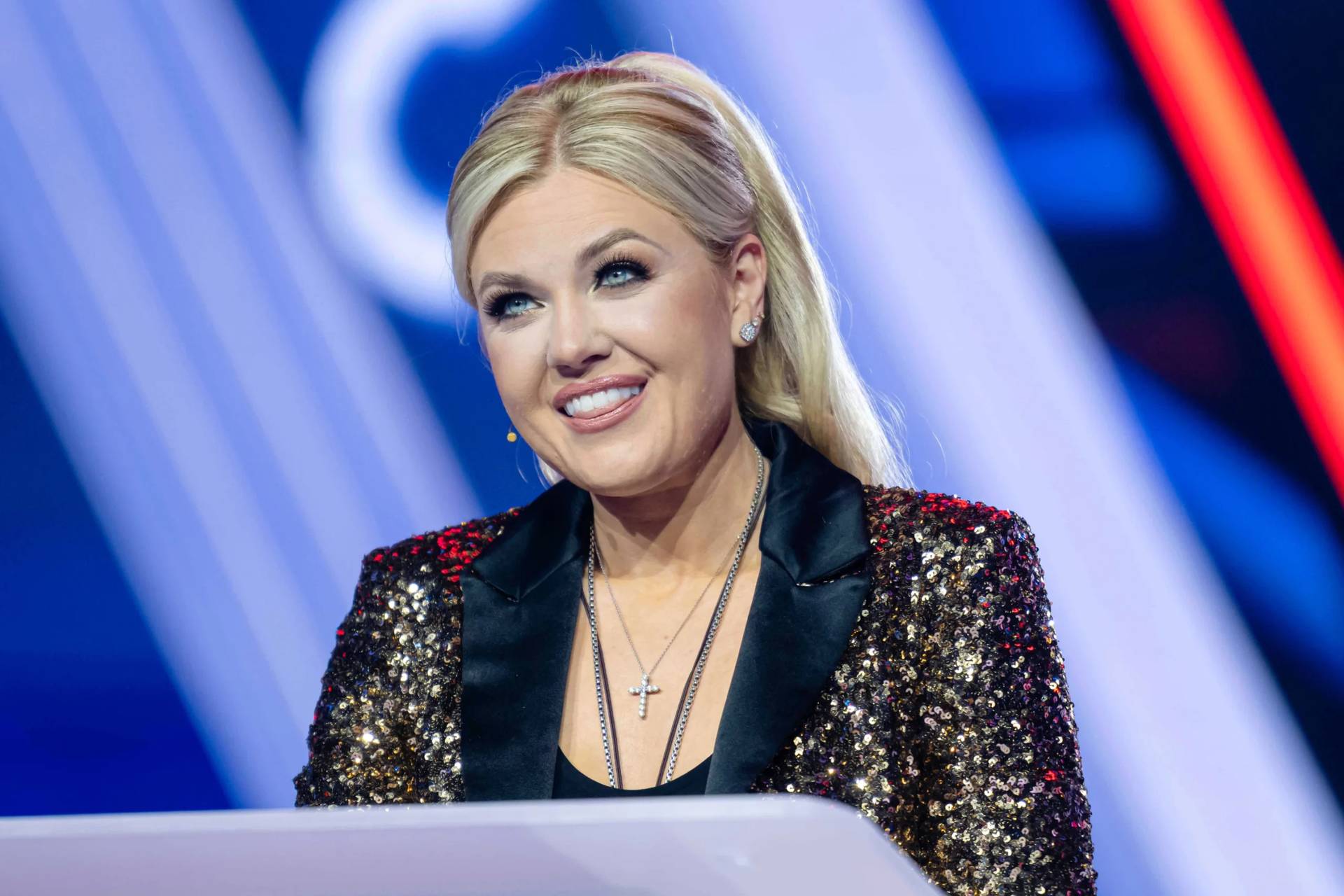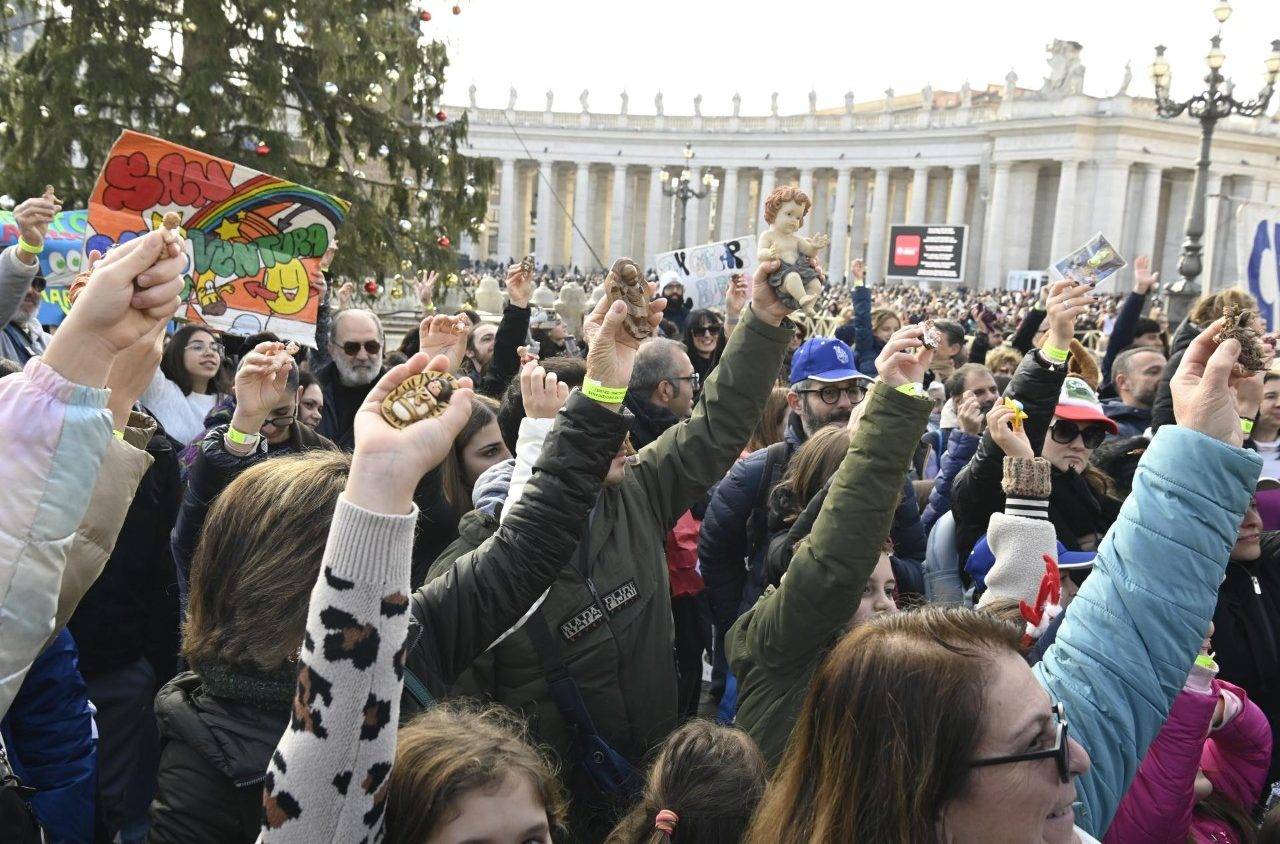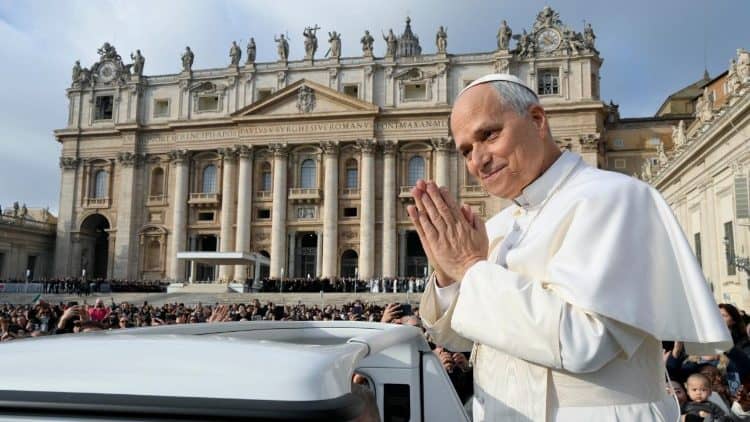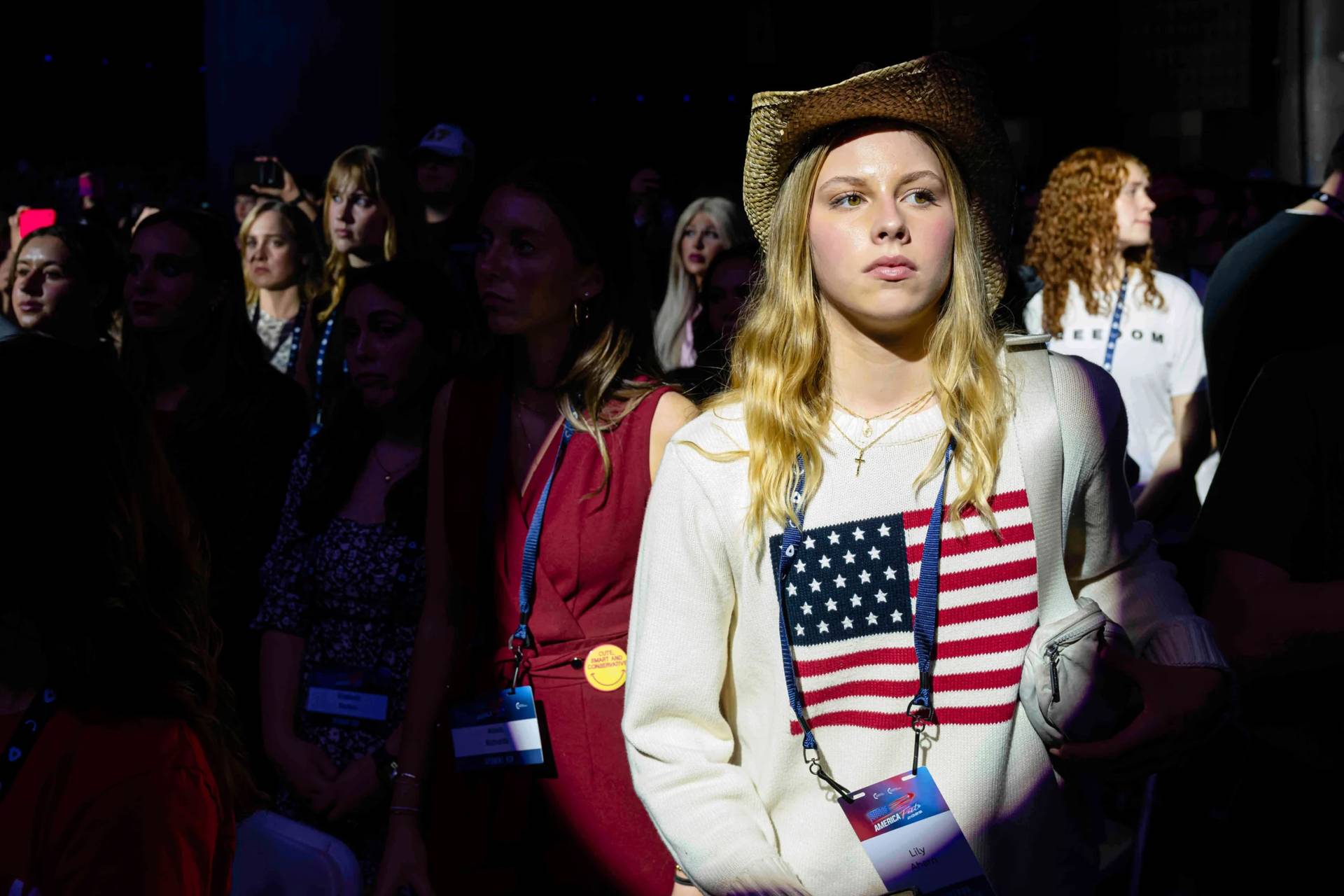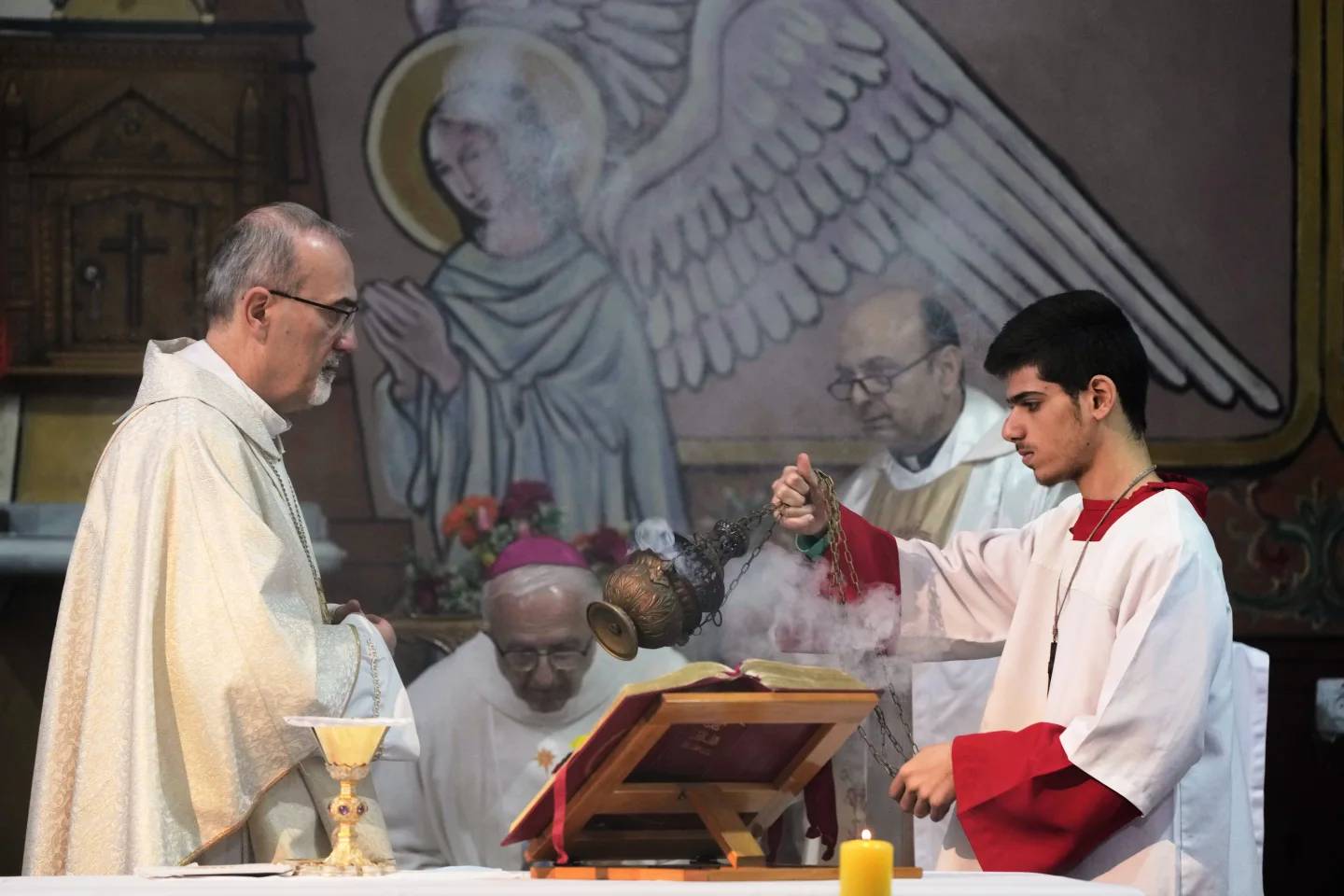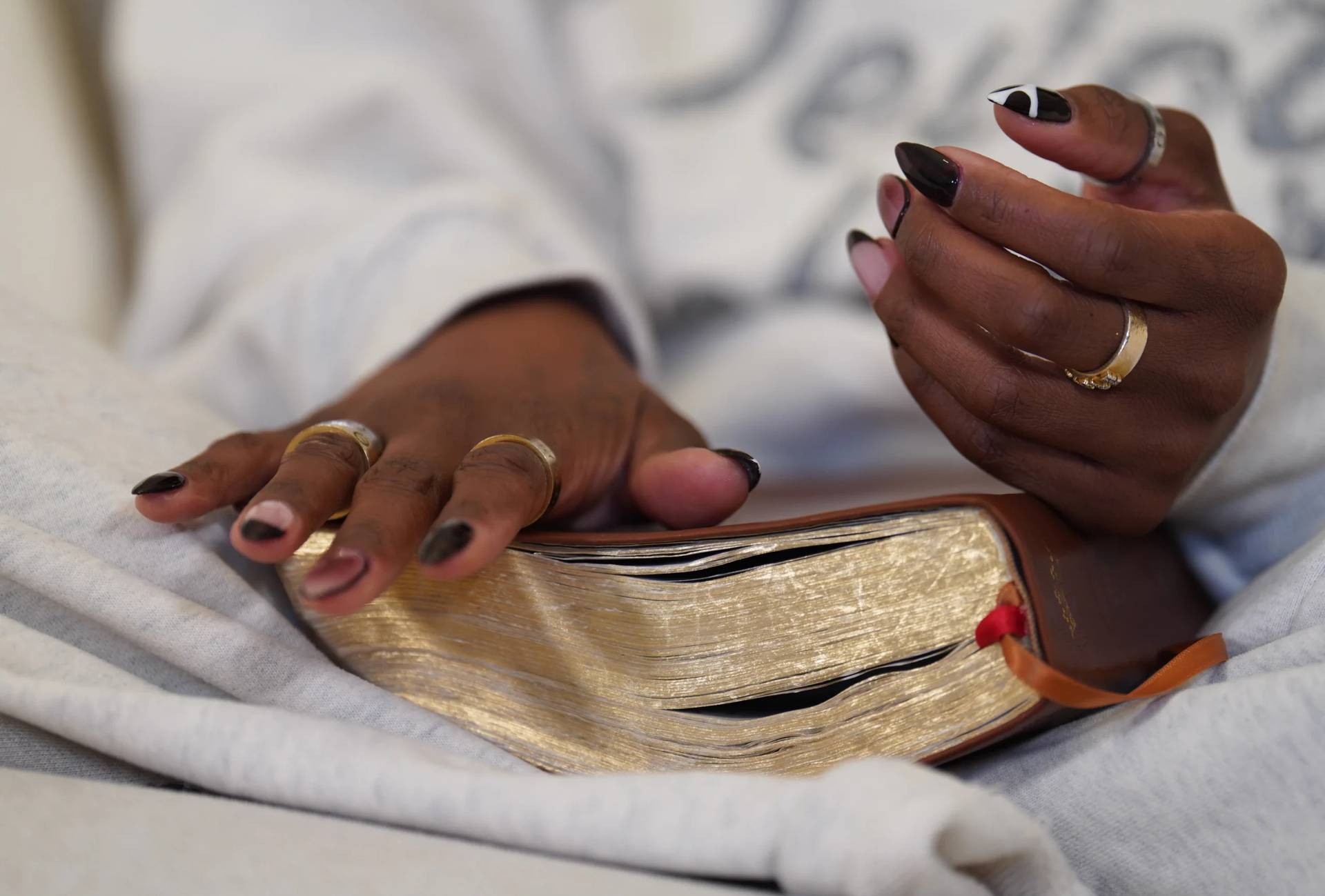ROME — Pope Francis heads to Colombia this week, making his fifth homecoming to Latin America. He’ll visit four different cities in the continent’s third largest country — after Brazil and Mexico — each with contrasting altitudes and climates, and each key to the messages he wants to convey.
Each night during the Sept. 6-11 outing, Francis is scheduled to sleep in the capital city, Bogota, from where he’ll take daily flights to different destinations: Villavicencio, Medellin and Cartagena. The pope will deliver 12 addresses, five of them speeches, four homilies, two greetings, and an Angelus address.
The official motto for the trip is “Let’s take the first step,” a reference to the ongoing push for reconciliation after the end of a five-decades long civil war. A peace deal to end that conflict negotiated among the Colombia government and the country’s main rebel group has proven highly contentious, as many Colombians believe the government gave too much away, and Francis clearly hopes his presence will keep the peace process on track.
In addition, each day along the way will focus on one particular issue.
When Francis goes to Villavicencio on Friday, the focus will be reconciliation “with God, with Colombians and nature,” according to papal spokesman, American Greg Burke. The visit will begin with a Mass and the beatification of a bishop and a priest martyred by Colombia’s infamous guerrillas.
Francis will then meet privately with a group of ten people from Mocoa, a city heavily affected by landslides last April. Some 330 people were killed and many more injured.
Later on the same day, the pope will preside over a prayer for national reconciliation in the presence of victims of violence, including former guerrilla members. The prayer will include the reading of the Gospel and four people sharing their stories, and Francis will then deliver his own remarks.
Accompanying Francis on the stage will also be the Bojaya Crucifix, a dismembered image of Christ that barely survived a 2002 explosion in a church in this city, where hundreds had sought refuge amid a battle between one of the guerrillas and the right-wing paramilitary groups. At least 79 people, half children, were killed that day.
The pope and the peace process
The trip may be highly sensitive because of the politics of Colombia’s peace deal, but Church officials are insisting Pope Francis isn’t going to support the agreement itself.
Archbishop José Octavio Ruiz Arenas, secretary of the Vatican’s Pontifical Council for Promoting the New Evangelization and currently the highest-ranking Colombian in the Vatican, said that a distinction must be made between the common desire for peace and the signing of the agreement.
“The second is a political thing that, unfortunately, when a referendum was called, the people voted no,” he told a handful of journalists, including Crux, on Friday.
The accord between the government of President Juan Manuel Santos and the Revolutionary Armed Forces of Colombia (FARC), which recently completed disarmament, remains deeply divisive among Colombians themselves.
When the revised version was adopted two months later, voters weren’t consulted. A key challenge for Francis will be one with which the government itself has struggled: Balancing calls for justice for victims, with pleas for mercy for the perpetrators.
According to Ruiz Arenas, Santos “betrayed” the people by signing the deal in the way he did.
“I believe that the pope will be extremely helpful in making it clear that peace is an enormous gift, and that we must not forget … [to] continue looking, above all, for a lasting peace,” he said.
The agreement, Ruiz Arenas said, won’t lead to peace unless the underlying issues that led to the violence in the first place are addressed: Injustice, uneven distribution of wealth, corruption and the drug trade. If these aren’t addressed, violence will continue, perhaps not with the FARC but by other groups that feel victims of the state.
“We’re living a moment of political polarization that has fractured the social fabric, a fracture that we find even in families,” said Bishop Luis Manuel Ali Herrera, auxiliary of Bogota, and one of three men tasked with organizing the visit.
Not even the Church is immune to that polarization. For this reason, both the local Church and the Vatican insist on saying that Pope Francis’s visit is an apostolic one, and neither an endorsement nor a blessing of the peace agreement.
“The Holy Father comes to confirm us in our faith in Jesus Christ, the Prince of Peace,” Ali Herrera said. It’s through this confirmation, Ali Herrera told Crux, that Pope Francis will help in the country’s reconciliation, and it will be a step “in the much longed-for peace in our Colombian nation.”
In the words of Burke, “there will be more than one reference to peace, but the Holy Father is going to preach the Gospel.”
Archbishop Rodrigo Urbina of Villavicencio, one of the cities Francis will visit, agrees with Ali Herrera. Presenting Colombia’s 30th National Week for Peace, an effort supported by 100 organizations including the Church, he stressed that the pope’s visit is pastoral.
“The pope supports peace, but peace is more than a process, and reconciliation is deeper,” Urbina said. “The peace process is a strategy, but we have to put a soul into it. For us, Christians, that soul is called reconciliation.”
That call to reconciliation is an urgent one.
According to a study by Colombia’s National Center for Historical Memory, 220,000 people died in the conflict between 1958 and 2013 – 177,300 of them were civilians. In addition, the conflict made Colombia home to the world’s second largest population of internally displaced persons: More than five million civilians were forced from their homes between 1985 – 2012. Many observers put this number at seven million.
The Catholic Church has not been immune to violence. More than 85 priests have been assassinated since 1984, including Bishop Jesús Emilio Jaramillo Monsalve and Father Pedro María Ramírez Ramos, who will be declared martyrs by Francis during the visit.
The martyred Colombian Church
Ahead of the papal visit, one of the leaders of Colombia’s second most important guerrilla group, the National Liberation Army (ELN in Spanish), acknowledged that murdering Jaramillo in 1989 was a “mistake.”
Speaking with a local radio, ‘Pablo Beltrán’ said that during one of the meetings of the ELN, the group had made a “self-criticism” and lamented the killing. He also said that today, as ten Catholic bishops help them mediate with the government in the Quito talks, they’re also ready to ask for forgiveness for it.
Several reports from Colombia claim they’ve even reached out to the Vatican to ask for Francis to receive them in private, and the National Radio reported that they might send a written message to be read during one of the papal events, presumably the prayer for reconciliation.
Christians in Colombia who stood up to the violence have always been targeted for retribution, and Jaramillo and Ramírez Ramos are only two of the civil war’s martyrs, if the most well-known.
Several other bishops, priests and religious sisters were also kidnapped or threatened by various armed groups during the five-decade civil war.
Ruiz Arenas said that given the situation of violence the country had for so many years, “any citizen was in the middle of it,” including Church personnel. He said that many priests were killed because they were believed to belong to either the Liberal or Conservative Colombian parties. However, many more were killed “because of their faith, for hatred against the Church and its magisterium.
“To a certain extent yes, we can say that the Church was a victim,” the prelate said.
This doesn’t mean it was completely free of guilt. As Ruiz Arenas acknowledged, the ELN had a Spanish priest among its “founding fathers.”
Monsignor Hector Fabio Henao, head of Caritas Colombia, is leading an effort from the local bishops to protect priests, since — even today — they continue to be threatened.
“Today, the great challenge are the new threats present in the country, coming from emerging armed groups that began to rise after the peace agreements with the FARC, and that are trying to control the territories formerly in the hand of the guerrillas,” he said. These groups are threatening not only the priests, but also civil society.
“We need to be extremely on alert, with the knowledge that the peace process will take some time,” he told Crux over the phone.
Despite the risks of being a priest in Colombia, Henao said that this is a vocation that in many cases, has an element of “prophesy.”
“People go through moments in which it’s necessary to courageously say the truth and invite others to respect the dignity of the human person,” he said. “This has led to many priests and other people close to the Church receiving threats.”
Anti-Church violence by Colombia’s armed bands continues to be routine in many places. This is due in part to the fact that Catholic activists generally don’t support either revolution or counterinsurgency; in part, because they’re suspected of informing for the government or the opposition; and, in part, because they oppose the drug trade, a primary revenue stream for armed factions of all stripes.
Francis appeals for a lasting peace: third time’s the charm?
This will be the third time a pope visits Colombia. The first one to do so was Paul VI, who traveled to the country in 1968, to participate in the 39th Eucharistic Congress. It was his only trip to Latin America, and the first ever by a pontiff.
According to Ruiz Arenas, if the Colombian people had actually heard the pope’s message on that occasion, history might have been different. Cardinal Rubén Salazar Gómez of Botota agrees. He told local newspaper El Tiempo that the messages from the previous papal visits “fell on deft ears.”
Paul VI said he wanted to pray from Bogota for the world, “which has such need for peace,” to thank God for the country’s Catholic beliefs, and to implore that “a rational use of so many riches that the Lord has placed in your soil may reach equitably every family and class, in conformity with the principles of justice and Christian charity.”
According to Ruiz Arenas, Paul VI couldn’t believe that a country as Catholic as Colombia could have the social differences it did. “He would say: ‘People call themselves Catholic, but the Church’s social doctrine is forgotten,” the bishop said.
During this trip, Paul VI also officially sanctioned the Latin American Episcopal Conference (CELAM). Francis will meet with some 60 representatives of this group while in Colombia.
Pope John Paul II visited Colombia in 1986. His 10-city rally wasn’t free of pleas for peace intertwined with calls for more benefits for the landless and unemployed, an appeal he launched from a giant outdoor workers rally in Bogota.
In his homily in Chiquinquira, a mountain farming community located 75 miles north of Bogota the Polish pope told farmers they “deserve that their legitimate rights be honored and that they be guaranteed legal access to land,” taken at the time as an indirect reference to agrarian reform.
In Ruiz Arenas’s view, both popes were basically ignored. It remains to be seen if the third time will be the charm.









